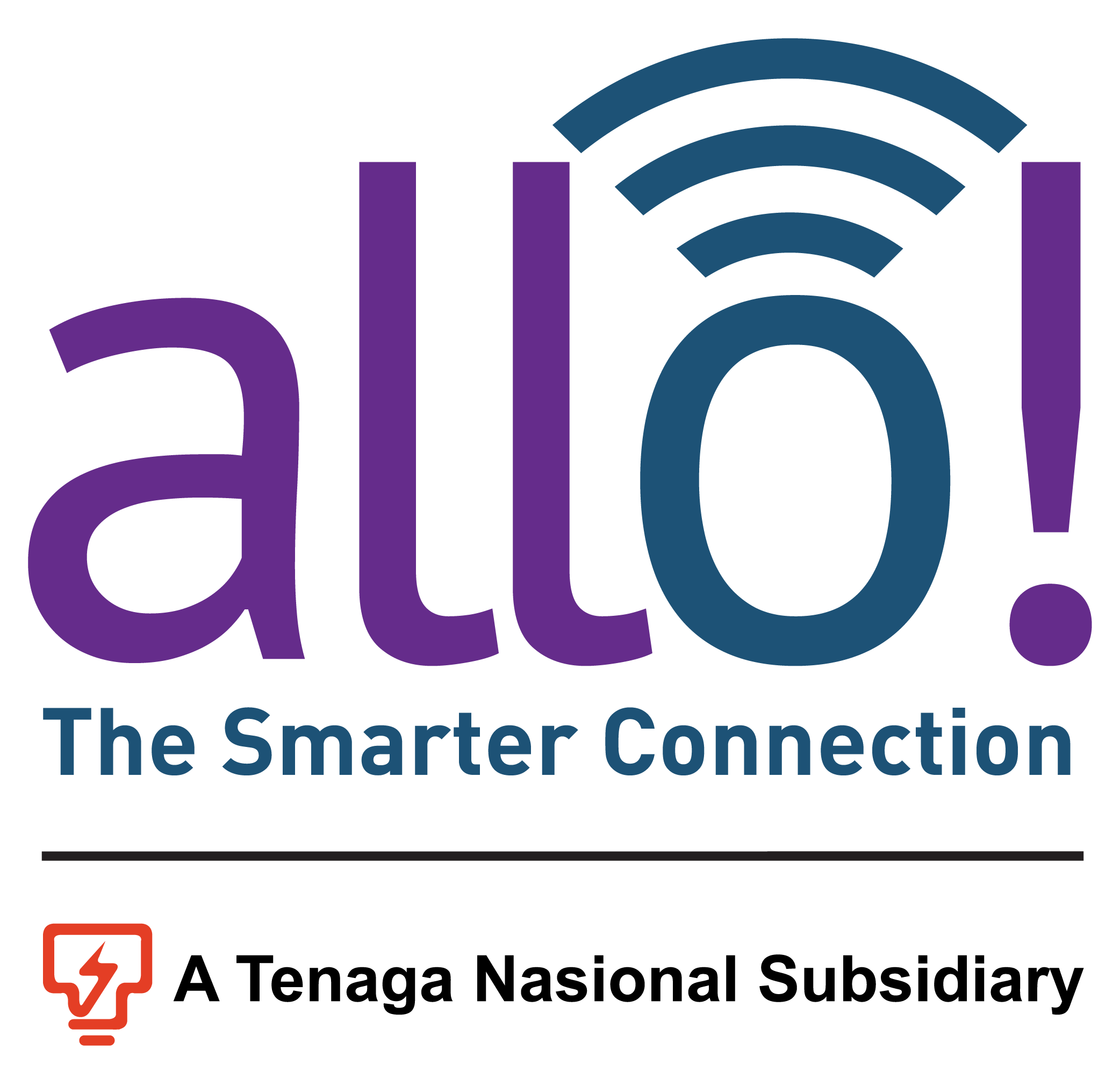BLOG
Connectivity Streamlines Recruitment and Retention

The COVID-19 pandemic initiated a wave of resignations all around the world. Some employees who were hesitant about changing jobs in volatile circumstances quit as soon as the virus receded. Others started looking for better job opportunities.
Over the past year, The Great Resignation has been spreading across Malaysia. According to Randstad’s survey, 39% of respondents changed jobs in the second half of 2021. Meanwhile, 73% are willing to get a job outside Malaysia if they could do so without leaving the country.
Amidst The Great Resignation, connectivity plays a major role in keeping existing employees and hiring new talent. Let’s take a closer look at how it works.

Internet and Employment Opportunities
An internet connection makes sharing information easier and quicker. And thanks to social media, we can do it more conveniently than ever before, sharing photos, videos, or short messages with friends, family, and business associates from anywhere in the world. The information provides a wealth of content for journalists and newsrooms, where access to raw footage and eyewitness accounts is usually guaranteed.
Instead of traveling across states from Kuala Lumpur to collect data on an incident in Perlis, a journalist can approach eyewitnesses through social media. And thanks to internet video calls, instant messaging apps, and social media, they can receive live footage without leaving the newsroom.
And there are many cases where the news bypasses traditional media, reaching the audience via social channels, and journalists have to play catch-up. For example, the Tham Luang cave rescue of June and July 2018 first came to the limelight via a Facebook post. As the 12 boys and their football coach, trapped by the partially flooded cave system, were rescued by the Thai Navy Seals, the news became a global media sensation thanks to a celebratory post on the Royal Thai Navy Facebook Page.
Research, Fact-Checking, and Instant Publishing
With industries buckling beneath the pressure of balancing retention and keeping a lean workforce so business could continue in future, many workers had to look to other means of employment to stay afloat during difficult times.
For some, this meant looking towards more stable ventures within their usual industry. For others, this was an opportunity to branch out and try something different from the norm. Many employees looked to upskilling themselves via online courses and joining communities aimed at empowering workers looking to break new ground.
For those that settled into new roles, it was businesses that embraced flexibility which attracted potential resources to stay and contribute their skillsets. This new balance between work and maintaining safe measures amidst the pandemic was only made possible with powerful connectivity solutions:
- Flexibility – remote operation made it possible to implement flexible hours for employees. This led to more relaxed schedules, less burnout, and an increase in productivity. According to Gartner’s 2021 survey, 43% of respondents said that flexibility in working hours helped increase their productivity.
- Communication – the internet helps employees communicate with each other and their management. This also leads to better productivity. Even if the job isn’t remote, the ability to stay in contact through mobile devices creates a better working environment and reduces communication-related errors.
- Collaboration tools – the rise of teamwork tools such as Asana and Trello revolutionized internal collaboration for many companies. Even without remote operations, in-house projects, including sales and marketing tasks, became easier.
- Learning – the internet allows employees to learn new skills remotely. It also helps employers arrange internal training to boost workers’ qualifications and streamline internal recruitment.
Employees who quit their jobs during The Great Resignation took advantage of such employment apps as Glassdoor, FastJobs, and Indeed. These tools help workers make more informed decisions about employment options and career opportunities.
Meanwhile, the high turnover rates have forced employers to rethink their recruitment and hiring tactics. During the retention crisis, employers need talent more than talent needs them. That’s why companies are pooling their resources to provide appealing offers and employment benefits.

Connectivity and Recruitment
Connectivity is essential to improving the recruitment process. Online recruitment can be more efficient than traditional offline hiring tactics, and is an essential platform to venture into in today’s connectivity driven workforce:
- Company website – a well-designed company website helps employees gain a better understanding of your workplace culture and company values. It allows them to figure out whether your business is a good match for them.
- Recruitment campaigns – with high-speed internet, you can take advantage of recruitment ads on Google, Facebook, and LinkedIn to bring top talent to your virtual doorstep.
- Job apps – you can take advantage of job-hunting apps (FastJobs, JoraJobs, Indeed) to help match top candidates with your positions.
- Social media – around 6 million employees in Malaysia use LinkedIn, with over 64% being between 25 and 34 years old. Connectivity allows you to target potential employees on this social media platform.
- Technological appeal – technological development and online presence make Malaysian companies more appealing to top talent. By leveraging connectivity, your business gains a competitive edge and turns into an employer of choice. This is crucial for successful hiring amidst The Great Resignation.
Overall, online recruitment gives your HR team access to a better pool of candidates, saves you time with automation tools, and improves the hiring process. It helps you find the best match for existing positions and reduces the risk of churn.
Connectivity and Retention
Since millions of Malaysians are currently looking for employment opportunities, it’s easy to lose top talent to the competition. That’s why business owners are working hard to streamline their retention efforts.
Connectivity can help you hold on to your best employees in several ways:
- Strong onboarding –according to SHRM, up to 50% of workers quit within the first 18 months of employment. One reason is poor onboarding tactics. Connectivity and HR tools improve the onboarding process, allowing employees to feel empowered, needed, appreciated, and happy with their work.
- Remote work opportunities – top-notch connectivity offers remote work opportunities for your employees. Some workers are more willing to stay in their current workplace if they have flexible working hours.
- Internal training – connectivity allows your existing employees to improve their skills in-house and gain an opportunity to earn more money without switching jobs.
- Automation – connectivity makes task automation possible, freeing your employees from time-consuming, manual work. This increases employee satisfaction and boosts retention.
Connectivity, technology, and automation are essential to the success of leading companies in Malaysia. During The Great Resignation, you could lose top talent to better-connected employers. That’s why it’s imperative to rethink your approach to building a strong ICT infrastructure.
Staying Connected with Allo!
The lack of connectivity puts many companies in Malaysia behind the competition. At Allo, we make it easy to stay connected and take the next step to industry leadership.
Since your top talent is already searching for a well-connected company, don’t wait for them to choose another employer. Improve working conditions, make perfect employment matches, and create an environment for professional growth and development.
Let us do our job, so connectivity can help you swim through The Great Resignation.
